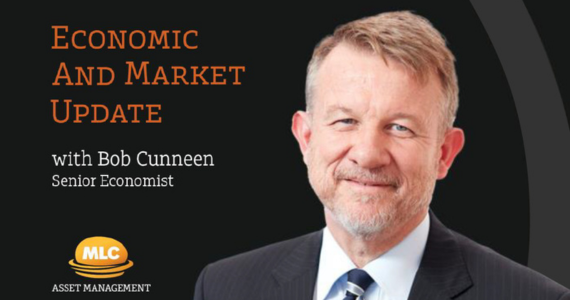At its meeting today, the Board decided to increase the cash rate unchanged at 3.60 per cent. It also increased the interest rate on Exchange Settlement balances unchanged at 3.50 per cent.

This decision follows a cumulative increase in interest rates of 3½ percentage points since May last year. The Board recognises that monetary policy operates with a lag and that the full effect of this substantial increase in interest rates is yet to be felt. The Board took the decision to hold interest rates steady this month to provide additional time to assess the impact of the increase in interest rates to date and the economic outlook.
Global inflation remains very high. In headline terms it is moderating, although services price inflation remains high in many economies. The outlook for the global economy remains subdued, with below-average growth expected this year and next. The recent banking system problems in the United States and Switzerland have resulted in volatility in financial markets and a reassessment of the outlook for global interest rates. These problems are also expected to lead to tighter financial conditions, which would be an additional headwind for the global economy.
The Australian banking system is strong, well capitalised and highly liquid. It is well placed to provide the credit that the economy needs.
A range of information, including the monthly CPI indicator, suggests that inflation has peaked in Australia. Goods price inflation is expected to moderate over the months ahead due to global developments and softer demand in Australia. Meanwhile, rents are increasing at the fastest rate in some years, with vacancy rates low in many parts of the country. The prices of utilities are also rising quickly. The central forecast is for inflation to decline this year and next, to around 3 per cent in mid-2025. Medium-term inflation expectations remain well anchored, and it is important that this remains the case.
Growth in the Australian economy has slowed, with growth over the next couple of years expected to be below trend. There is further evidence that the combination of higher interest rates, cost-of-living pressures and a decline in housing prices is leading to a substantial slowing in household spending. While some households have substantial savings buffers, others are experiencing a painful squeeze on their finances.
The labour market remains very tight. The unemployment rate is at a near 50-year low and underemployment is also low. Many firms continue to experience difficulty hiring workers, although some report an easing in labour shortages and the number of vacancies has declined a little. As economic growth slows, unemployment is expected to increase.
Wages growth is continuing to increase in response to the tight labour market and higher inflation. At the aggregate level, wages growth is still consistent with the inflation target, provided that productivity growth picks up. The Board remains alert to the risk of a prices-wages spiral, given the limited spare capacity in the economy and the historically low rate of unemployment. Accordingly, it will continue to pay close attention to both the evolution of labour costs and the price-setting behaviour of firms.
The Board’s priority is to return inflation to target. High inflation makes life difficult for people and damages the functioning of the economy. And if high inflation were to become entrenched in people’s expectations, it would be very costly to reduce later, involving even higher interest rates and a larger rise in unemployment. The Board is seeking to return inflation to the 2–3 per cent target range while keeping the economy on an even keel, but the path to achieving a soft landing remains a narrow one.
The Board expects that some further tightening of monetary policy may well be needed to ensure that inflation returns to target. The decision to hold interest rates steady this month provides the Board with more time to assess the state of the economy and the outlook, in an environment of considerable uncertainty. In assessing when and how much further interest rates need to increase, the Board will be paying close attention to developments in the global economy, trends in household spending and the outlook for inflation and the labour market. The Board remains resolute in its determination to return inflation to target and will do what is necessary to achieve that.
Enquiries
External Communications
Secretary’s Department
Reserve Bank of Australia
SYDNEY
Phone: +61 2 9551 9720
Email: rbainfo@rba.gov.au


